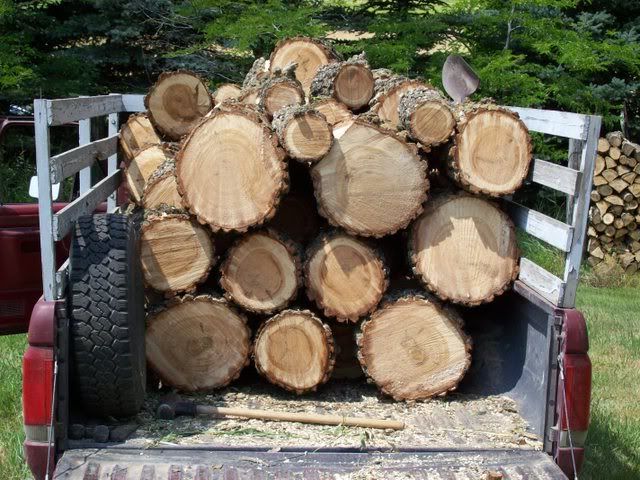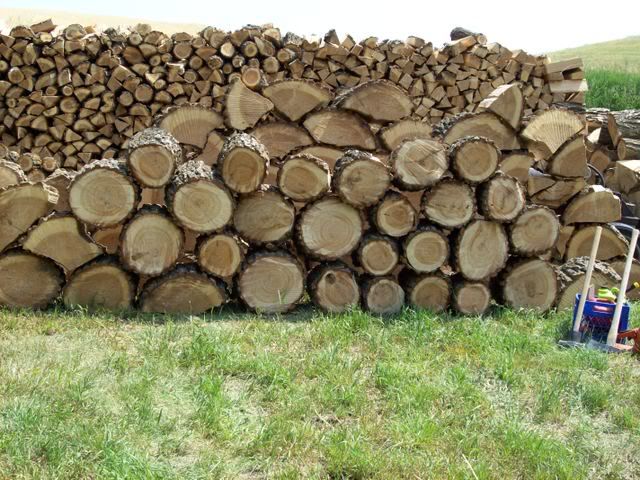Coldfront
Addicted to ArboristSite
I have done a few searches but can't seem to get a good answer. I know a cord is a cord is a cord 4X4X8 but if you built a rack and tightly filled it with round logs 8 foot long and 4x4 then you split it and stacked it and put it back into the rack would it come out the same? I'm sure someone out there must have tried this. Which way would look like more wood? I guess what I am wondering is does one way have more air space than the other?
Last edited:




























































